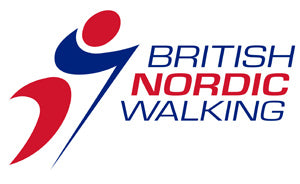
Falls are the number one reason that older people are taken to the emergency department of a hospital, with 30% of people aged 65+ and 50% of those aged 80+ experiencing a fall once a year.
Falls can be the result of a number of factors including poor balance and muscle weakness. The likelihood and severity of injury resulting from a fall is related to a number of factors including bone health, risk of falls, frailty and low weight. People with low bone mineral density are more likely to experience a fracture following a fall.
Government guidance for health and care professionals who deal with people at risk of falling suggests a range of activities for improving balance and building muscle, bone and joint strength. We are very pleased to note that Nordic Walking is among them. Specifically, they ask professionals to advise their clients to stay active through strength and balance exercise programmes - as well as to get socially connected. And, of course, another benefit of Nordic Walking is that it makes a great group activity.
There is also a core principle that health and care professionals should "understand specific activities which can prevent, protect and promote in the areas of falls and fractures." There is plenty of information on our website about how Nordic Walking fits into this principle, including our page on the research into Nordic Walking a wide range of health benefits. And we are very happy to respond to any enquiries from any health or care professional who would like to know more.
If you're already convinced that Nordic Walking is worth a try, you can use our search facility to find an instructor, who will certainly be sympathetic to your situation, near you.
